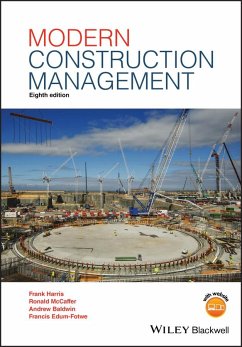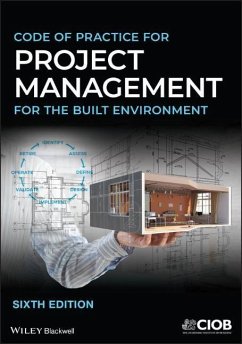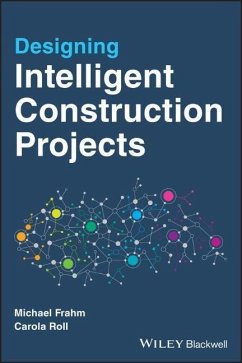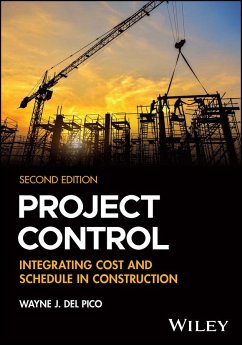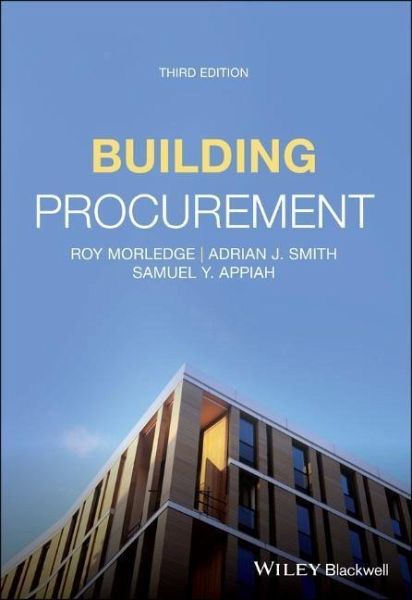
Building Procurement
Versandkostenfrei!
Versandfertig in 2-4 Wochen
78,99 €
inkl. MwSt.
Weitere Ausgaben:

PAYBACK Punkte
39 °P sammeln!
Die aktualisierte 3. Auflage spiegelt die jüngsten Entwicklungen in Forschung und Praxis seit Erscheinen der Vorgängerauflage wider, ohne dabei die Auftragsvergabe im Bauwesen als Schwerpunktthema außer Acht zu lassen. Das Referenzwerk bietet neue Inhalte zu Vergabestrategien, der Auswahl des Projektteams und Beschaffungsansätzen. Die neue Auflage betrachtet auch die Auftragsvergabe und Beschaffung in Europa, dem Nahen Osten und China. Neu sind Projekte aus Afrika.







